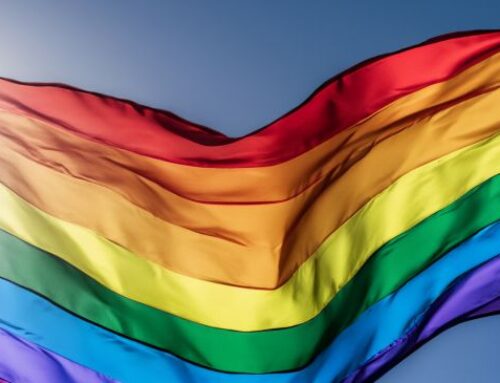Interim Staff:
Statistics Canada released data from the 2021 Census that showed just 0.33 per cent of the population identify as either transgender or non-binary.
The 2021 Census was the first time Canada — or any other country — included gender identification in the general survey, and it found that very few Canadians identified as either transgender or non-binary.
There are nearly 30.5 million Canadian adults and extrapolated from the Census, there would be 59,460 people who self-identified as transgender in Canada, and 41,355 as non-binary, a designation that suggests the respondent does not identify as either primarily male or female. There was also space for people to include other designation such as two-spirited or queer. About one-third of people who identified as non-binary described their gender using another term such as gender-nonconforming, genderfluid, polygender, pangender, gender neutral, or androgynous.
For the 2021 Census, Statistics Canada changed the question from sex to “sex at birth” and added gender identity, with options for male, female, transgender, non-binary, and other.
The younger the cohort, the more likely respondents were to say they were transgender or non-binary, with 0.8 per cent of Generation Z (born between 1997 and 2006) and 0.5 per cent of Millennials (born between 1981 and 1996). Meanwhile, just 0.15 per cent of Baby Boomers (those born between World War II and 1980) and 0.12 per cent of those born before 1945 identified as transgender or non-binary. The average adult age in Canada is 48, but among transgender-identified individuals, it is 39.4 and for non-binary it is 30.4.
Adults in Nova Scotia (0.5 per cent, or one in 200 adults)), Yukon (0.5), and British Columbia (0.4) were most likely to respond that they were transgender or non-binary. Quebec (0.25) and Saskatchewan (0.28) has the smallest percentage of people who identify as transgender or non-binary.
People who lived in urban centres were more likely to say they were transgender or non-binary, but even then the numbers were relatively small with Victoria (0.75 per cent), Halifax (0.7), and Fredericton (0.6) having the highest percentage of people who identified with a gender at odds with their biological sex.
The Census also asked about the state of mental health of all respondents. It found that nearly two thirds (65 per cent) of those who self-identify as transgender or non-binary reported poor or fair mental health compared to 11 per cent for so-called cisgendered (male or female) respondents. That is, people who identify as transgender or non-binary were six times more likely to suffer mental health problems.




